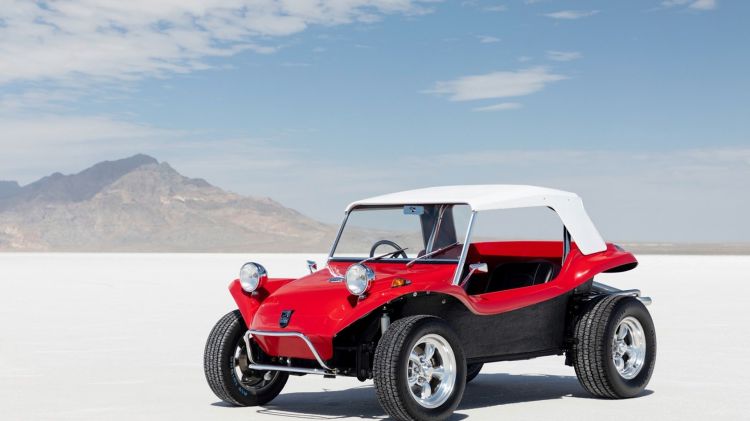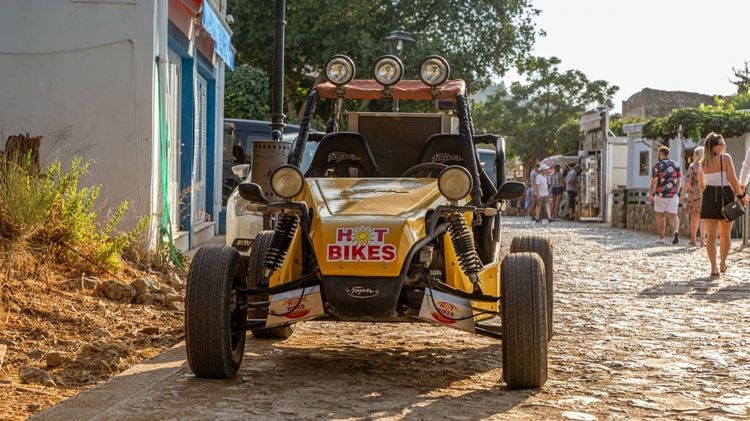The buggy It is a car that was very fashionable in the 60s and 70s and became a cult car at that time. It was a car generally used by young people, whose engines used to be roaring and were painted in bright colors. For the time it was a synonym of freedom and individuality, since they were used both on the road and on the beaches and in the sand dunes.
Today we are going to delve into the 60s and 70s so that you can learn what is the buggy and why he was loved by an entire generation.
What is the buggy?
The buggy is a car that was designed to move over uneven terrain, such as mountains, sand, unpaved tracks, among others. In Spain it is popular among young people as a car for leisure, in which adrenaline and fun are usually combined with speed.
Was invented by Bruce Meyers in the United Stateswho was an engineer, artist, boat builder and surfer. It was inspired by the idea of building a car that was more agile, lighter and faster to drive on the beaches.. To do this, he shortened the platform of a Volkswagen Beetle, mounted a plastic body of his own manufacture and called it Meyers Manx.
By the 1980s, around 250,000 individual cars based on the Volkswagen Beetle had been produced worldwide, in small series and one-off versions.
How did Bruce Meyers build the First Buggy?
To build the first buggy, Bruce Meyers took a Volkswagen Beetle, stripped off the original bodywork, and fitted one of his own creation made of fiberglass-reinforced plastic.. Then he did a few other modifications to it, like tweaking its four-cylinder boxer engine, and voila.
The first dune buggy was born and was christened ‘Meyer’s Manx’. The doors, the roof, the window panes: none of that was necessary and a roll bar was added instead.
How fast can a buggy go in the sand?
The average top speed a buggy can reach on sand is 100-112 kph. The top speed for a dune buggy with high performance modifications is over 100 mph.
Factors such as suspension, horsepower, weight, tire size, and engine mods will determine the top speed you can achieve.
Why were the first buggies built with the Volkswagen beetle?
The first buggies were built on the Volkswagen beetle because they were cheap, easy to get, had a simple design and therefore easy to modify and manage.
Similarly, its high wheel suspension, its practical air cooling system, without the need to add water or coolant and a rear engine that was adequate given the perspective of the center of gravity, made them ideal for off-road driving in the desert and on the beach.


